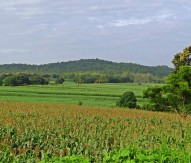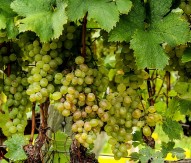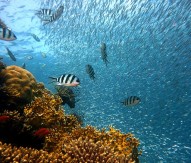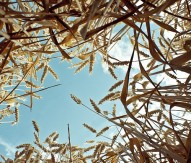
Fertiliser nutrient imbalance limits African food production
Underuse of phosphorus-based fertilisers in Africa currently contributes to a growing yield gap – the difference between how much crops could produce in ideal circumstances compared to actual yields.
This phosphorus-specific yield gap currently lies at around 10% for subsistence farmers, but will grow to 27% by 2050 if current trends continue, according to a new study.
Marijn van der Velde, researcher at the Joint Research Centre of the European Commission, who led the study, said: “This research shows that the imbalance between nitrogen and phosphorus applications has the potential to further limit food production for a growing population in Africa.”
As farmers use fertilisers, nutrients such as nitrogen and phosphorus build up in the soil, providing a reserve of nutrients that plants need to grow. Yet fertiliser use remains low in Africa and it is widely recognised that farmers must increase their use of fertiliser to increase crop production. The new study shows that increases in nitrogen and phosphorus inputs must happen in a way that provides crops with the balanced nutrient input they need.
In order to make optimal use of current nitrogen inputs, the researchers estimated that phosphorus applications would need to increase 2.3 times. To close yield gaps nitrogen applications would have to increase five times. Phosphorus applications would have to increase from 2.2kg to 25.9kg per hectare.
However, due of the cost of phosphorus, that seemingly remains a challenge. “While much of the remaining phosphorus reserves are found in Morocco, on the African continent, we need to find better ways for African farmers to access this precious resource,” says van der Velde.
The global phosphorus cycle is, besides nitrogen, also increasingly growing out of balance with carbon. It is expected to be the subject of another recent paper by the same group of researchers and a new European Research Council grant for continued research by the International Institute for Applied Systems Analysis and an international team of scientists.
The study has been published in the journal Global Change Biology.






